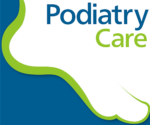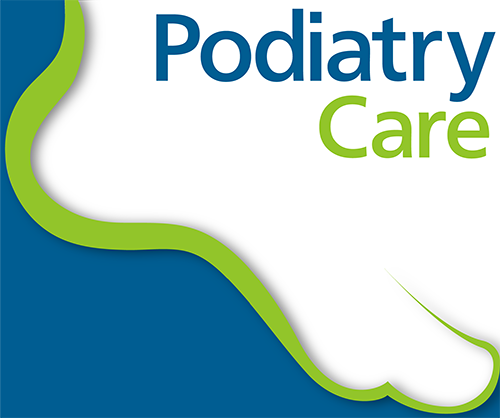Arch Pain
Book An AppointmentCauses and Treatments
Pain in the arch of the foot is a common issue, particularly among athletes. It can stem from various causes, including injuries and structural problems. Understanding these causes and knowing how to treat them can help alleviate discomfort and prevent further complications.
The Arch of the Foot
The arch runs along the bottom of the foot, connecting the ball and heel. It comprises three separate arches formed by bones, ligaments, and tendons, crucial for weight-bearing, stability, and shock absorption.
Common Causes of Arch Pain
- Overpronation: This occurs when the foot rolls too far inward during walking or running, putting excessive pressure on the arch and leading to pain.
- Plantar Fasciitis: A degenerative condition of the plantar fascia ligament, causing sharp heel and arch pain, especially in the morning or after prolonged sitting.
- Cavus Foot: A structural abnormality characterized by a high arch, leading to instability and pain during movement.
- Posterior Tibial Tendon Dysfunction (PTTD): Injury or inflammation of the posterior tibial tendon can cause pain in the arch and inner ankle.
- Flat Feet: While often asymptomatic, flat feet can lead to arch pain due to inadequate support.
Risk Factors
Certain factors increase the risk of arch pain, including:
- Aging
- Overuse or excessive activity
- Weight gain
- Poor footwear choices
- Foot Posture
Treatment Options
If home remedies such as rest, ice, and stretching are insufficient, consider professional treatments. At Podiatry Care Gawler, we offer specialised care for arch pain:
- Shockwave Therapy
- Footwear Education
- Biomechanical Assessment
- Physical Therapy
- Orthotics
- Medications
- Injections
For more information or to book an appointment, contact us online or call us at 08 8522 4717.

